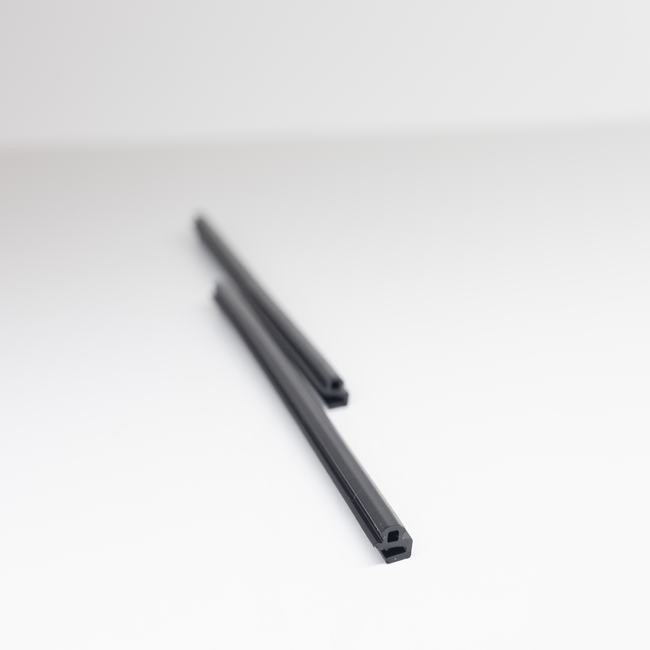Steel door seals are essential components used in conjunction with steel doors to provide a range of functions, including security, insulation, weatherproofing, and acoustic control. These seals are crucial in various settings, from residential and commercial buildings to industrial facilities. In this detailed description, we will explore the many aspects of steel door seals.
- Purpose and Importance:
Steel door seals serve several critical functions:
- Security: They help create a secure barrier by sealing the gaps around doors, preventing unauthorized access.
- Insulation: Steel door seals help control temperature by minimizing heat loss or gain, improving energy efficiency, and reducing utility costs.
- Weatherproofing: They protect interiors from external weather elements, including rain, wind, dust, and noise.
- Sound Control: In sound-sensitive environments, such as recording studios or theaters, steel door seals contribute to acoustic isolation.
- Fire Protection: In some cases, steel door seals are designed to resist the spread of fire, contributing to the safety of the occupants.
- Types of Steel Door Seals:
Steel door seals come in various types, designed to cater to specific needs:
- Weather Stripping: This type of seal is used to prevent air and moisture infiltration, making it ideal for residential doors. Common materials include vinyl, silicone, or rubber.
- Threshold Seals: These are placed at the base of the door to create a barrier against drafts, insects, and water.
- Gasket Seals: Used for soundproofing, gasket seals provide an airtight and watertight seal.
- Fire Seals: Designed to provide fire resistance, these seals are crucial in fire-rated doors.
- Automatic Door Bottoms: Equipped with adjustable mechanisms, they seal the gap between the door and the floor, providing insulation and security.
- Astragal Seals: These are used on double doors to seal the gap between the two doors and maintain insulation and security.
- Materials:
Steel door seals can be made from a variety of materials, including:
- Rubber: Ideal for weather stripping, rubber seals are durable and offer good sealing properties.
- Silicone: Known for its flexibility and resistance to extreme temperatures, making it suitable for fire seals.
- Metal: Metal seals are robust and can be used in high-security applications.
- Foam: Foam seals are lightweight and provide excellent insulation against drafts and noise.
- Neoprene: Neoprene seals are resistant to weather, UV radiation, and chemicals, making them suitable for outdoor applications.
- Installation and Maintenance:
Proper installation is critical to the effectiveness of steel door seals. It is essential to ensure that seals are correctly sized, aligned, and securely fastened. Regular maintenance is necessary to prevent wear and tear, ensuring that the seals continue to perform as intended. This may involve inspecting for cracks, tears, or deterioration and replacing seals as needed. - Applications:
Steel door seals are used in various settings, including:
- Residential: In homes, steel door seals provide insulation, noise control, and weatherproofing for entry doors.
- Commercial: In offices, retail spaces, and warehouses, they offer security and insulation benefits.
- Industrial: In industrial facilities, steel door seals are used to maintain environmental control and provide safety.
- Specialized: Steel door seals are used in specialized environments like cleanrooms, sound studios, and fire-rated doors.
- Compliance and Standards:
Depending on the application, steel door seals may need to meet specific standards or codes, such as fire resistance ratings, sound transmission class (STC) ratings, or building codes. Compliance with these standards is crucial for safety and functionality.
In conclusion, steel door seals are versatile components that play a crucial role in various aspects of door performance, from security and insulation to weatherproofing and sound control. The choice of the type and material of the seal depends on the specific requirements of the application, and proper installation and maintenance are essential to ensure they continue to serve their intended purposes effectively.








